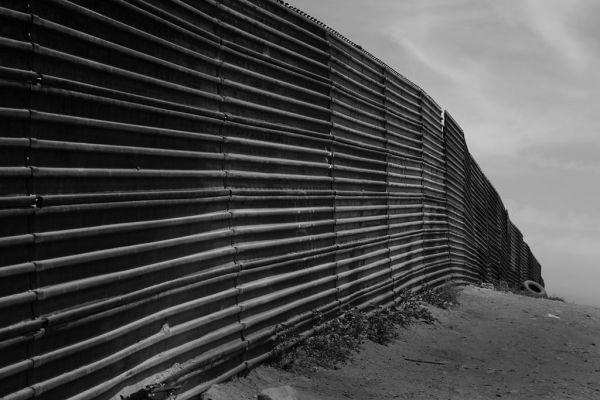A recent headline in the Financial Times read, “Vancouver seizes chance to lure Silicon Valley tech talent.” The mayor of Vancouver confirms that inquiries from U.S. tech companies have risen sharply in recent months.
It’s no secret that Cisco Systems, Samsung and SAP have recently established a presence north of the border, but now it appears that Apple, Microsoft, Google and Facebook are all also considering their options. If this tire-kicking becomes a trend, it will compromise America’s ability to remain a global leader in technology.
According to a study in a recent California Management Review, the re-urbanization of America and other parts of the world is leading the collaborative innovation revolution. The demographics of these cities are very different than those of their surrounding areas. Austin, Madison, Raleigh Durham and Ann Arbor come to mind. These cities are also job-creating juggernauts that build a strong tax base and attract service businesses and more start-ups. They are innovation ecosystems that are vital to sustaining a high standard of living in a competitive world. What do these cities have in common? They are highly diverse.
Diversity is an essential element of an innovation ecosystem, because it brings a wide range of mindsets and talents into close proximity. The constructive conflict produces solutions to intractable challenges and creates irresistible opportunities. These people are deviating from the norm on purpose. The greater the variance, the greater the potential value.
In Eric Weiner’s bestseller, The Geography of Genius, he makes the case that most of what we would now call intellectual property has historically come from a relatively small group of people who are in the same right place at the same right time – think Athens in the Classical period, the Florentine Renaissance, Detroit in 1900 or Silicon Valley in 2000. In most cases, these places were anomalies that were eventually forced to conform to the norms of the larger homogenous area. Predictably, the loss of these communities was also a portent of the rapid decline of civilizations that traded their future for the past.
Today’s innovation ecosystems can be anywhere on the planet. But it’s interesting to note that over half of all the high quality patents have come from innovators born outside of the U.S. or from first generation Americans. Some survey data even suggests that immigrants are five times as likely as native-born U.S. citizens to produce a patentable innovation. We see similar trends for start-up businesses. This human capital brings innovation into our country from all corners of the world. But it can just as easily go somewhere else, and the rift between the current administration and Silicon Valley makes that more and more likely.
In fact, it’s already happening. Research universities, the innovation engines for the U.S. economy, are facing increasing visa hurdles for students, postdoctoral fellows, and researchers. This is particularly ominous because these people are our next generation innovators.
There are innovation ecosystems in cities all around the world: Bangalore, Cambridge, Santiago and Tel Aviv – and let’s not forget Toronto, Montreal and Vancouver. Maybe we should consider building a wall between the U.S. and Canada to keep our best and brightest at home. Then again, such a wall would just likely be a colossal waste of money because these bright folks would just find a new way under, around and through it.
Jeff DeGraff is the Dean of Innovation: professor, author, speaker and advisor to hundreds of the top organizations in the world. Connect with Jeff on Twitter @JeffDeGraff.
This article was originally published on The Next Idea
